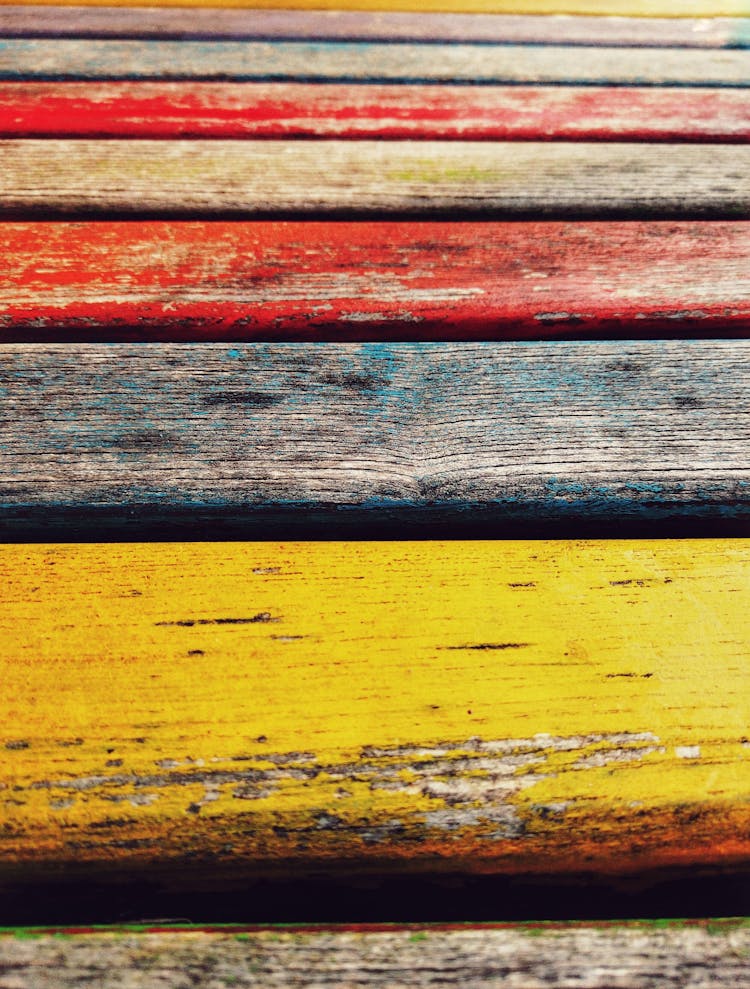Your beginner's guide to upcycling
You’ve probably heard of the maxim, Reduce, Reuse, Recycle to help you cut the amount you waste. But why should we need to cut household waste in the first place? Cutting our waste helps to conserve our world’s precious natural resources, it helps to reduce pollution because fewer products need to be manufactured and fewer products are sent to landfill or incinerated. By upcycling, we can make use of what we already have so that we buy less, we waste less and we get something nice out of it too – bonus!

RECYCLING VERSUS UPCYCLING: WHAT’S THE DIFFERENCE?
They might at first seem like the same thing but there’s a big difference.
What’s recycling? When you recycle something, like plastic or paper, you’re avoiding sending it to landfill. Instead, those materials will be turned into new products. If we didn’t recycle, more materials would go into landfill where they could take hundreds of years to decompose, and we’d need to use more of the earth’s natural resources to make new products. It doesn’t make much sense.
What’s upcycling? This is when you find a new use for the items you’d usually recycle or throw into landfill.
UPCYCLING: WHERE DO I START?
Everytime you go to throw something away, whether it’s a cereal box, plastic container or even an old (clean!) sock, get into the habit of asking yourself how you could reuse it. Have a quick Google or hunt on Instagram or Pinterest via the hashtag #upcycling – there are so many innovative ideas out there. Once you start to think creatively about your old things, you might be surprised to see how much value they really hold.
Your low-waste home
Old socks can be used as cleaning rags or for applying wax to furniture, cereal boxes can be upcycled into birthday cards, plastic containers into flower pots or for packing up your picnics or freezer meals. Remember, having a low-waste home isn’t about buying new, ‘eco’ or sustainable products – it’s about using what you have already first and foremost. Here are more of our tips to attain a low-waste home here.
7 UPCYCLED IDEAS TO GET YOU STARTED
1. Old furniture?
Whether a tired chest of drawers, worn kitchen chairs or an old table, there’s nothing like a lick of paint to make them as good as new. This is a good opportunity to use paint that you may already have or ask your neighbours and friends to see if they’ve got any unwanted pots to give away.
2. Cutlery into coat hooks
Bend old cutlery into hooks for a quirky point of interest – nail them to a piece of painted wood and attach to your wall.
3. Got an old cheese grater?
Turn an old box grater upside down and screw it to your wall to hold your cooking utensils. It also works as a pencil or cutlery holder too!
4. Leftover wrapping paper
Use pretty wrapping paper to line the back of bookshelves or drawers, to fill ornate picture frames, or use it to make birthday cards.
5. Old candles? Melt them into new ones!
Melt down the stubs of old candles to give to your friends. You’ll need wicks (available online) and some jars or old candle holders to add your wax to. First, add your hard wax to an old jam jar and set it in a pan of boiling water. Once melted, remove from the heat and leave to cool for 15 minutes or so. Stand your wick in an empty jar, pour in the wax and leave to cool completely.
6. Unwanted clothes into cushion covers
Fancy yourself a dab hand with a needle and thread? Even if you’re not, it’s relatively simple to turn unwanted clothes into bright, new covers for your cushions. Here’s a guide.
7. Make yourself a bookcase
Whether old wooden pallets, wine crates or an old wooden ladder, there are plenty of ideas online to turn old bits and pieces into a vintage-feel bookcase. Sand them down, give them a lick of paint or leave them au naturel.

